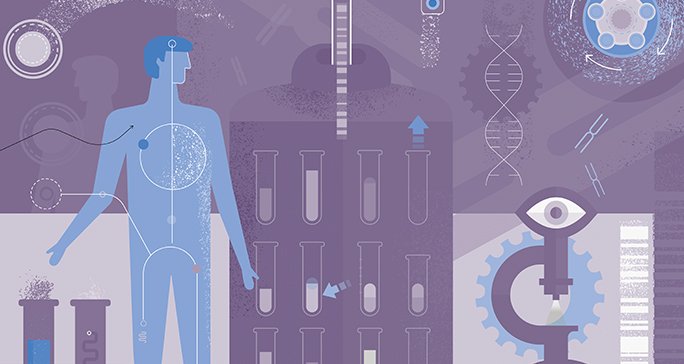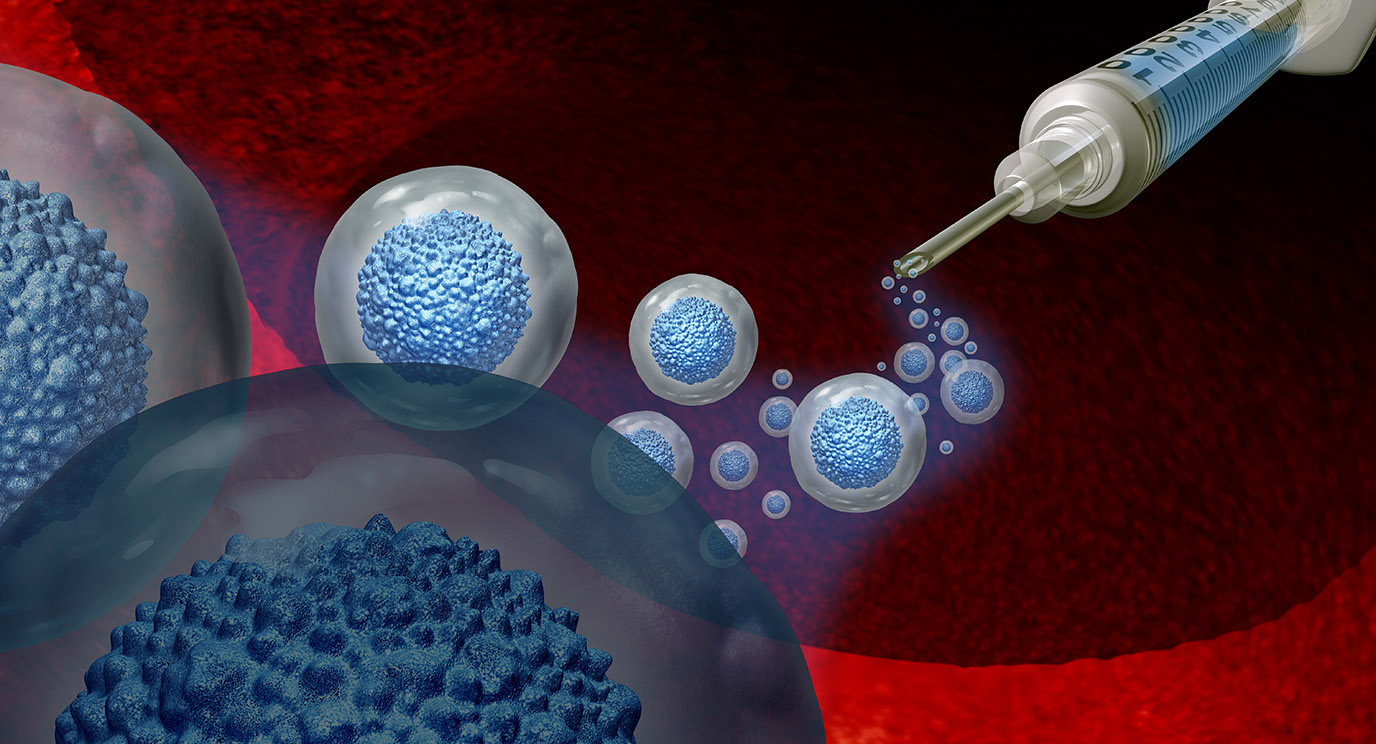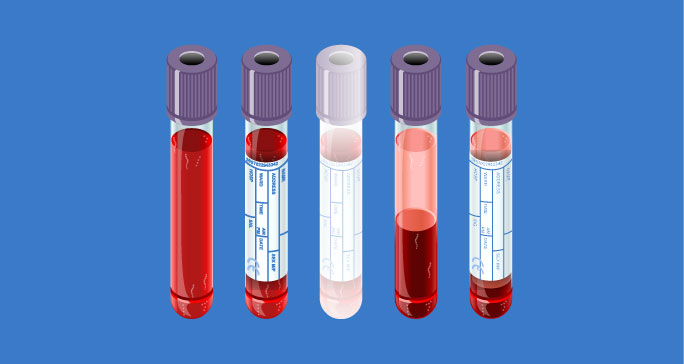- Diseases
- Acoustic Neuroma (14)
- Adrenal Gland Tumor (24)
- Anal Cancer (66)
- Anemia (2)
- Appendix Cancer (16)
- Bile Duct Cancer (26)
- Bladder Cancer (68)
- Brain Metastases (28)
- Brain Tumor (230)
- Breast Cancer (718)
- Breast Implant-Associated Anaplastic Large Cell Lymphoma (2)
- Cancer of Unknown Primary (4)
- Carcinoid Tumor (8)
- Cervical Cancer (154)
- Colon Cancer (164)
- Colorectal Cancer (110)
- Endocrine Tumor (4)
- Esophageal Cancer (42)
- Eye Cancer (36)
- Fallopian Tube Cancer (6)
- Germ Cell Tumor (4)
- Gestational Trophoblastic Disease (2)
- Head and Neck Cancer (6)
- Kidney Cancer (124)
- Leukemia (344)
- Liver Cancer (50)
- Lung Cancer (288)
- Lymphoma (284)
- Mesothelioma (14)
- Metastasis (30)
- Multiple Myeloma (98)
- Myelodysplastic Syndrome (60)
- Myeloproliferative Neoplasm (4)
- Neuroendocrine Tumors (16)
- Oral Cancer (100)
- Ovarian Cancer (170)
- Pancreatic Cancer (164)
- Parathyroid Disease (2)
- Penile Cancer (14)
- Pituitary Tumor (6)
- Prostate Cancer (144)
- Rectal Cancer (58)
- Renal Medullary Carcinoma (6)
- Salivary Gland Cancer (14)
- Sarcoma (236)
- Skin Cancer (296)
- Skull Base Tumors (56)
- Spinal Tumor (12)
- Stomach Cancer (60)
- Testicular Cancer (28)
- Throat Cancer (90)
- Thymoma (6)
- Thyroid Cancer (98)
- Tonsil Cancer (30)
- Uterine Cancer (78)
- Vaginal Cancer (14)
- Vulvar Cancer (18)
- Cancer Topic
- Adolescent and Young Adult Cancer Issues (20)
- Advance Care Planning (10)
- Biostatistics (2)
- Blood Donation (18)
- Bone Health (8)
- COVID-19 (362)
- Cancer Recurrence (120)
- Childhood Cancer Issues (120)
- Clinical Trials (628)
- Complementary Integrative Medicine (24)
- Cytogenetics (2)
- DNA Methylation (4)
- Diagnosis (230)
- Epigenetics (6)
- Fertility (64)
- Follow-up Guidelines (2)
- Health Disparities (14)
- Hereditary Cancer Syndromes (124)
- Immunology (18)
- Li-Fraumeni Syndrome (8)
- Mental Health (118)
- Molecular Diagnostics (8)
- Pain Management (62)
- Palliative Care (8)
- Pathology (10)
- Physical Therapy (18)
- Pregnancy (18)
- Prevention (898)
- Research (392)
- Second Opinion (74)
- Sexuality (16)
- Side Effects (604)
- Sleep Disorders (10)
- Stem Cell Transplantation Cellular Therapy (216)
- Support (404)
- Survivorship (322)
- Symptoms (184)
- Treatment (1776)
What to know about mantle cell lymphoma
BY Molly Adams
4 minute read | Published September 28, 2020
Medically Reviewed | Last reviewed by an MD Anderson Cancer Center medical professional on September 28, 2020
Mantle cell lymphoma was classified as a separate type of non-Hodgkin lymphoma in 1992. Since then, it’s historically been one of the most challenging forms of non-Hodgkin lymphoma to treat.
But, thanks to the research of experts like our Michael Wang, M.D., we’ve made many treatment advances that have significantly improved life expectancy for mantle cell lymphoma patients.
We spoke with Wang to learn about mantle cell lymphoma symptoms, diagnosis and treatment options.
What are common symptoms of mantle cell lymphoma?
“We call mantle cell lymphoma an ‘insidious’ disease because most of the time patients don’t show symptoms until it’s more advanced,” Wang says.
In many cases, a tumor is the first obvious mantle cell lymphoma symptom. Tumors may appear anywhere you have lymph nodes, though they’re often found in the neck, armpit or groin. “Most people don’t feel their armpit or groin very often, so they may not notice a small bump,” Wang says. “Tumors in the neck are easier to find, since you may notice them in the mirror.”
Other mantle cell lymphoma symptoms include fever, involuntary weight loss of more than 5% of your body weight in a short amount of time, and night sweats serious enough to warrant changing your sheets.
If you experience any of these symptoms for at least two weeks, Wang says you should let your doctor know.
How is mantle cell lymphoma diagnosed?
Since many people show no visible mantle cell lymphoma symptoms, it’s often diagnosed after routine blood work shows a high number of lymphocytes in the blood. Or, your primary care doctor may find a swollen lymph node during an unrelated exam. In that case, your doctor may perform a test called flow cytometry to detect how many lymphocytes are present. A lymph node biopsy may also be ordered to determine if lymphoma cells are present.
Once you have a confirmed mantle cell lymphoma diagnosis, your doctor will determine which stage the cancer is in. “If you have one lymph node affected, that’s stage I,” Wang says. Stage II indicates that two lymph nodes above the diaphragm are affected. Stage III is when you have multiple lymph nodes affected above and below the diaphragm. And, stage IV indicates bone marrow is affected.
Patients are often diagnosed at stage IV, since mantle cell lymphoma symptoms can easily be confused with other less serious conditions, but Wang says there is hope: “Even patients with stage IV mantle cell lymphoma can live for many years to come.”
Since only about 4,000 new mantle cell lymphoma cases are diagnosed in the United States each year, patients are often misdiagnosed. That’s why Wang stresses the importance of seeking an expert opinion to get the right diagnosis before you even start treatment. Without an accurate diagnosis, you may start on the wrong treatment, which can impact your results and treatment options later on, says Wang.
“At MD Anderson, we have a dedicated team of specialists that only sees mantle cell lymphoma,” Wang adds. “This is a rare disease, but it’s not rare to us.”
How is mantle cell lymphoma treated?
Chemotherapy used to be the main treatment option, but mantle cell lymphoma often becomes resistant to chemotherapy over time, which can lead to relapse. And, because chemotherapy kills healthy cells in addition to cancer cells, patients can only undergo so many rounds of chemotherapy before becoming too weak for treatment.
“Through clinical trials in recent years, we’ve moved toward treatment approaches that don’t include chemotherapy,” Wang says.
With chemo-free therapies like immunotherapy, patients are able to avoid some common chemotherapy side effects, like hair loss, nausea and extreme fatigue. These therapies are also easier to administer, since they come in oral pill form or monthly infusion. “Patients don’t have to stay in the hospital for treatment, they can take a pill or get an infusion through an IV, and go home,” Wang says.
What’s next for mantle cell lymphoma treatment?
“It’s a very exciting time to be researching mantle cell lymphoma,” Wang says. New treatments are constantly being developed in the lab and tested through clinical trials.
In fact, in July 2020, the first CAR T cell therapy for mantle cell lymphoma was approved by the Food and Drug Administration. Tecartus was tested by Wang’s lab through the ZUMA-2 clinical trial.
“In my mind, CAR T cells have significant promise for putting many mantle cell lymphoma patients into long-term remission,” Wang says.
In the future, Wang predicts more targeted therapy drugs will be used to treat mantle cell lymphoma, using techniques like genomics and proteomics to target a patient’s specific tumor. “When we know the genetic makeup, and the specific build of a tumor, we can create a personalized treatment for each individual patient,” Wang says.
What should newly diagnosed mantle cell lymphoma patients know?
Your best chance at achieving long-term remission is with your first treatment, Wang says. Because mantle cell lymphoma is known to relapse and become resistant to treatment, seeking care from a team of experts who specialize in treating mantle cell lymphoma is key to successful treatment.
“With the right treatment, newly diagnosed mantle cell lymphoma patients can survive for many years with a very good quality of life,” Wang says.
Request an appointment online at MD Anderson or by calling 1-833-945-0787.

This is a rare disease, but it’s not rare to us.
Michael Wang, M.D





